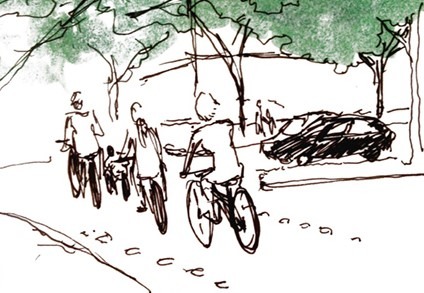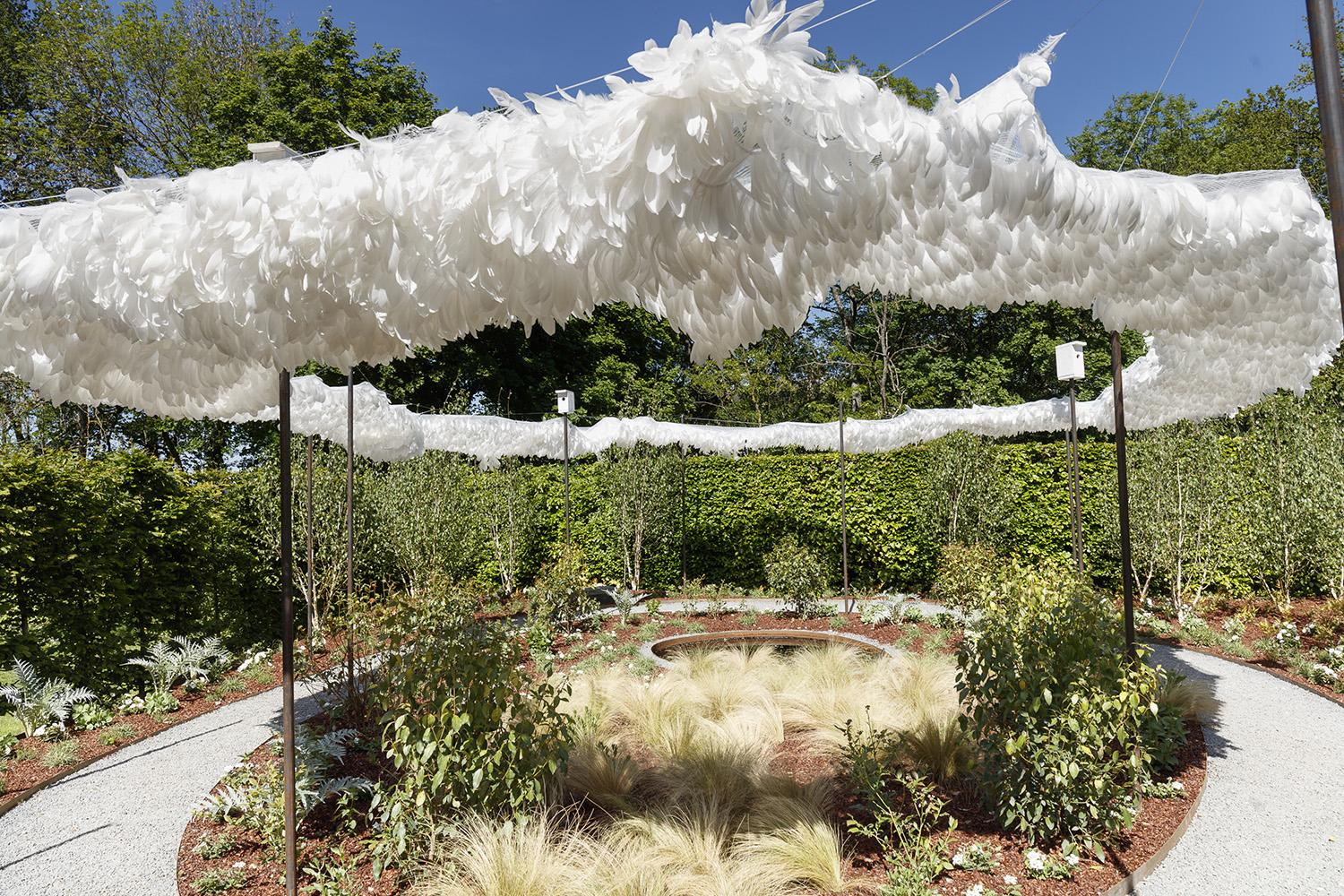The site in São Paulo is a complex one.
It’s a vast marketplace on the Pinheiros River, chock-full of warehouses and related buildings, prone to traffic jams because it’s part of the urban core. The government wants to move that market to the suburbs, where space is more plentiful and traffic’s not so big a problem.
That would free up beaucoup space on the river for homes and industry and cultural centers.
It would also create the opportunity for students around the world to compete for a chance to change an urban area’s focus.
That’s how the Schindler Global Award competition saw the project, anyway.
“They look at international sites – at districts in cities – and come up with futures for them,” says Georgeen Theodore, a jurist for the competition. “They look at areas that are rapidly urbanizing and at many of the challenges that many areas of the world are facing.”
The project’s on a district scale – not unlike the Brooklyn waterfront. “Studios around the world looked at it and came up with a future for it – to develop in a way that’s like a roadmap for how to build in the future,” she says.
More than 150 teams from 46 nations entered. But in the end, a team of architecture students from FAUUSP – Faculdade de Arquitetura e Urbanismo da Universidad in Brazil – won the first prize of $25,000. Eleven other prizes were awarded to teams from around the world, including China and the United States. A total of $105,000 in prize money was allocated.
The winning entry eschewed flash and dazzle in favor of solid solutions. “It looked at the city as one with multi-layered conditions, and many socio-economic groups, with housing types to meet them,” she says. “The competition brief itself was complex and couldn’t be answered by simple one-liners like a new train station – this project was lauded because it took a holistic approach, creating connectivity to adjacent neighborhoods and taking a strong attitude of building a city for a variety of social groups.”
Best of all, it’s not just for Sao Paulo, but for cities around the world.
For more, go here.
[slideshow id=1796]


